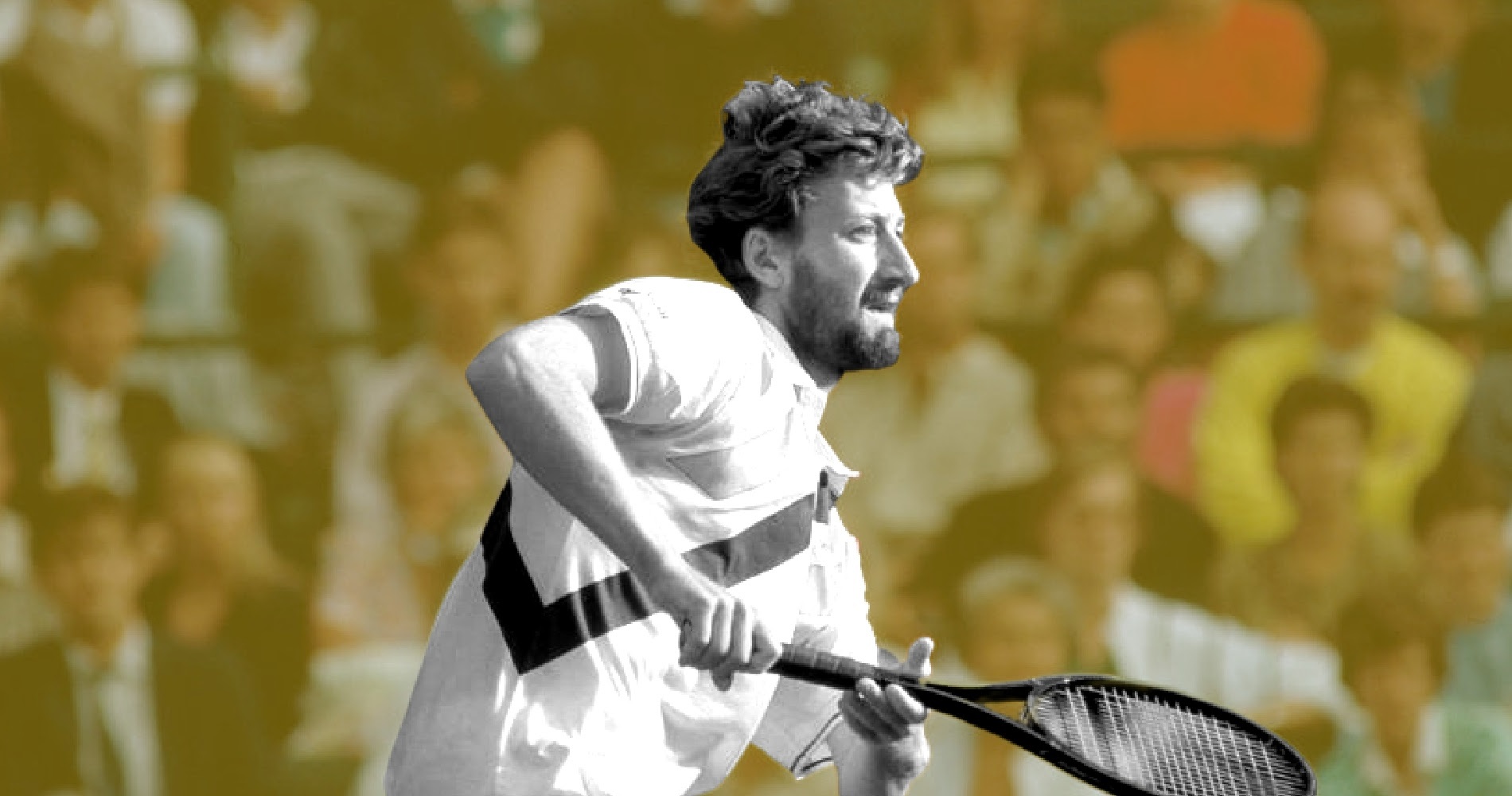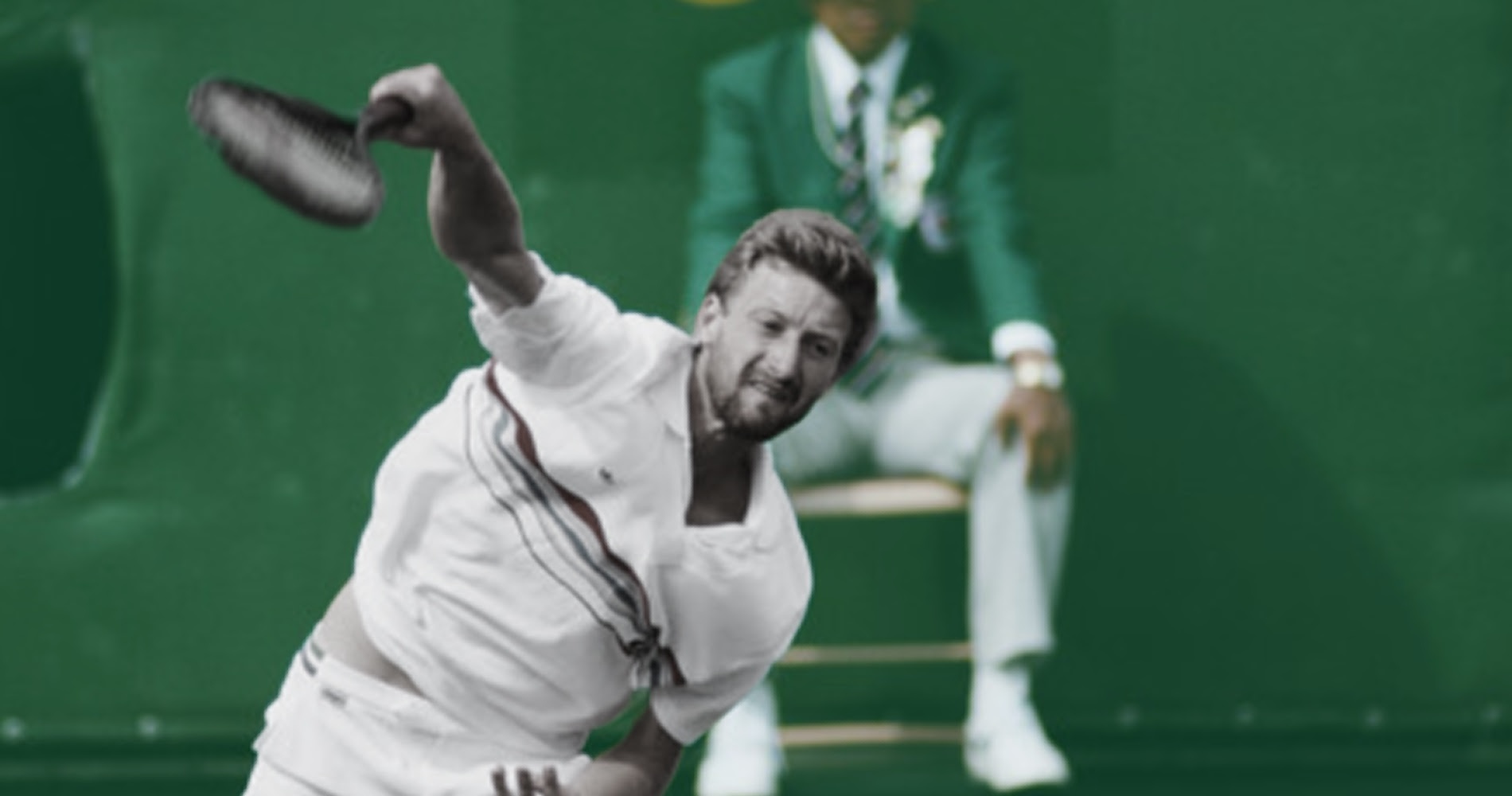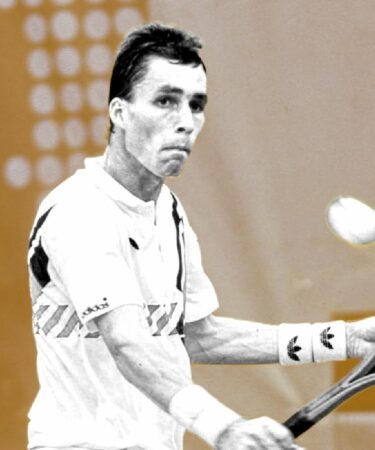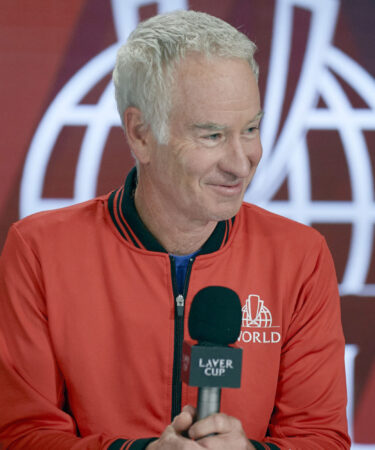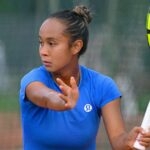April 12, 1987: The day McEnroe’s antics proved no distraction for Mecir in Dallas
On this day in tennis history, a much-loved Czech withstood a barrage of bad behaviour to take a memorable win. Find out how this unfolded in Dallas
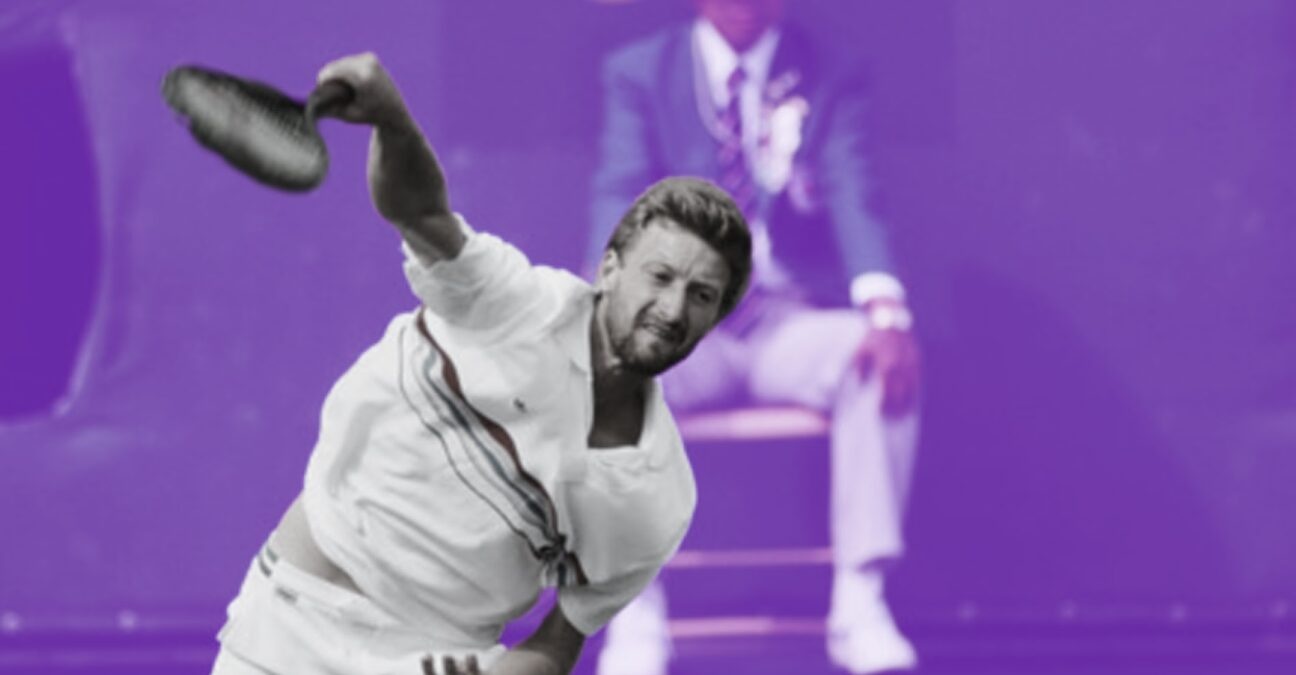 Miloslav Mecir
Miloslav Mecir
What happened exactly?
On this day, April 12, 1987, Miloslav Mecir, world No 5 at the time, claimed one of the most important titles of his career, defeating John McEnroe in the WCT Finals in Dallas (6-0, 3-6, 6-2, 6-2). The Slovak had never won a single set against the American before, but he dominated the final and managed to stay focused despite McEnroe’s antics.
The players involved: Miloslav Mecir and John McEnroe
- ‘Il Gattone’ Miloslav Mecir
Miloslav Mecir was born in Czechoslovakia in1964. He turned professional in 1982, and soon his game style drew attention: his unpredictable shots, his great touch and his agility earned him the nickname “Il Gattone” (“The Big Cat”). He claimed his first title in Rotterdam in 1985, defeating Jakob Hlasek in the final (6-1, 6-2), and in 1986, he achieved his first breakthrough Grand Slam result at the US Open, finishing runner-up to Ivan Lendl (6-4, 6-2, 6-0).
In 1987, he clinched the most important title of his career, triumphing at the Lipton Championships in Key Biscayne (defeating Lendl in the final, 7-5, 6-2, 7-5), which propelled him to the world No 5 position.
- Tennis’ superbrat John McEnroe
John McEnroe, born in 1959, had been world No 1 for 170 weeks between 1980 and 1985. “Mac” was very talented, his game being based on precision and touch on top of an iconic and lethal serve. He was also known for his shocking on-court behaviour in the good mannered world of tennis. He was sometimes vulgar and his constant quarreling with the officials did not go unnoticed in a gentleman’s sport.
The American left-hander claimed seven Grand Slam titles: three at Wimbledon (1981, 1983, 1984), and four in New York (1979, 1980, 1981, 1984). In 1979, he became the youngest ever US Open champion, defeating Vitas Gerulaitis (7-5, 6-3, 6-3), and in 1980, he played his most famous match in the Wimbledon final, where he lost in five sets against Bjorn Borg, after winning an epic tie-break in the fourth set (18-16).
His peak season was 1984, when, after a heartbreaking loss in the French Open final, he triumphed not only at both Wimbledon and the US Open, but also at the Masters Cup and the Davis Cup, finishing the year as the undisputed world No 1, with an 82-3 record. After 1984, McEnroe’s domination came to an end.
In 1986, mentally worn out, he took a break from the tour and married actress Tatum O’Neal. He came back to the game in early August, still ranked No 7, at the Stratton Mountain Open, where he seemed to be in a great shape, reaching the semi-finals, only edged by Boris Becker, world No 3 (3-6, 7-5, 7-6), but the following week, he suffered a surprising loss in Toronto against Robert Seguso, ranked No 35 (4-6, 6-3, 7-5).
In 1987, he seemed to be getting back in shape, reaching three ATP finals in the first months of the year, and when he arrived at the WCT finals in April, he was ranked No 7 in the world.
The place: World Championship Tennis Final, Dallas
In the 1970s, the World Championship Tennis finals was one of the most prestigious tournaments in tennis, just behind the Grand Slams (perhaps even more than the Australian Open at the time, which the best players usually didn’t enter). Ken Rosewall and Rod Laver played there two classic finals, in 1971 and 1972, both of which Rosewall won. Former champions included Stan Smith, John Newcombe, Arthur Ashe, and Bjorn Borg.
The WCT finals were played each year in spring on indoor carpet, closing the WCT season, just a few weeks before Roland-Garros. In 1980, WCT’s founder, Lamar Hunt, decided to move the event from Moody Colosseum (7,000 seats) to the Reunion Arena in Dallas, a venue usually associated with basketball, hosting more than 16,000 spectators. However, by the middle of the 1980s, even though it was still an important event, it had lost a great part of its former prestige.
The facts: Mecir not happy with McEnroe’s behaviour
In April 1987, Miloslav Mecir was one of the players on the rise. In 1986, after having reached the Wimbledon quarter-finals, he had taken the tennis world by surprise at the US Open, where he had finished runner-up to Ivan Lendl (6-4, 6-2, 6-0). Having reached the quarter-finals at the 1987 Australian Open (defeated by Stefan Edberg, 6-1, 6-4, 6-4), he had claimed the most important title of his career in early March, in Miami, defeating Lendl in the final (7-5, 6-2, 7-5). In Dallas, at the WCT finals, he defeated Mats Wilander for the fifth time in seven encounters and made his way into the final, where he faced John McEnroe.
Mecir had faced the former world No 1 only twice before and had never managed to take a single set. They had played against each other a few weeks before, in Rotterdam, and “Mac” had prevailed, 6-1, 7-5. The American, who had taken a six-month break in 1986, had started strong in 1987. When he landed in Dallas, he was world No 7, and to make his way into the final, he eliminated world No 4 Yannick Noah (7-6, 6-2, 4-6, 6-3), and world No 3 Stefan Edberg (7-6, 6-7, 7-6, 6-4).
As a consequence, when, in the first set of the final, McEnroe was absolutely outplayed by Mecir, the crowd was stunned. “The Cat” seemed to anticipate every single shot, while the American, who had built his career on his sense of the game, was lost. The Czech took the first set, 6-0, being only the third player in five years to win a set so easily against McEnroe. In the second set, the seven-time Grand Slam champion found his pace, and broke his opponent’s serve twice to win 6-3.
Six months away from the game had not softened McEnroe’s temper, as he showed in the early third set, when he was awarded a penalty point for an obscene remark directed at line supervisor Keith Johnson.
“I’m not going to play anymore. I don’t have to play,” he told the umpire, packing up his racquets, but eventually resumed the game.
“It’s a god damn conspiracy,” he shouted later after a close call, but his antics didn’t disturb Mecir’s concentration, and the Czechoslovakian dominated the final sets, 6-2, 6-2.
“He played a smart match,” McEnroe said, according to The Los Angeles Times. “He was doing things intelligently enough that I wasn’t able to take advantage.”
The American also claimed that the incident with the umpire had broken his momentum.
“When that thing happened in the third set, what I had going for me – getting a couple of breaks, hitting the ball better – it all seemed to cave in.”
Meanwhile, his opponent, although he was satisfied with his own performance, didn’t hide the fact that he disliked McEnroe’s attitude.
“I just try to concentrate, but it’s very difficult. It’s not nice to play in such an atmosphere. Sometimes it looks like he’s going to do it (argue) again, then he starts to play. I try to behave like my parents (taught) me.”
What next? Mecir retires early due to injuries, McEnroe fails to reach earlier heights
A few weeks later, Mecir would reach the semi-finals at Roland-Garros, where Lendl took his revenge of the Miami final (6-3, 6-3, 7-6). In 1988, in the quarter-finals of Wimbledon, Mecir would be the only player of the season to beat Mats Wilander in a Grand Slam tournament (6-3, 6-1, 6-3), but, despite a two-set lead, he would lose in the next round to another Swede, Stefan Edberg (4-6, 2-6, 6-4, 6-3, 6-4). In September, he would claim the most important title of his career, clinching the Olympic Gold medal in Seoul, becoming the first Olympic champion in tennis in 64 years.
In 1989, after reaching a second Grand Slam final at the 1989 Australian Open (lost to Lendl, 6-2, 6-2, 6-2), he would claim his last title, at Indian Wells, defeating Yannick Noah in the final (3-6, 2-6, 6-1, 6-2, 6-3). He would put an early end to his career in 1990 after a serious back injury, aged only 26. His smooth game style would earn him a special spot in the memories of many tennis fans.
McEnroe would never win a Grand Slam singles title again. “Mac” would never obtain the same remarkable results as in his early years and would not reach any more Grand Slam singles finals. His last remarkable singles result before he retired from professional tennis would be reaching the 1992 Wimbledon semi-final (lost to Andre Agassi, 6-4, 6-2, 6-3).
